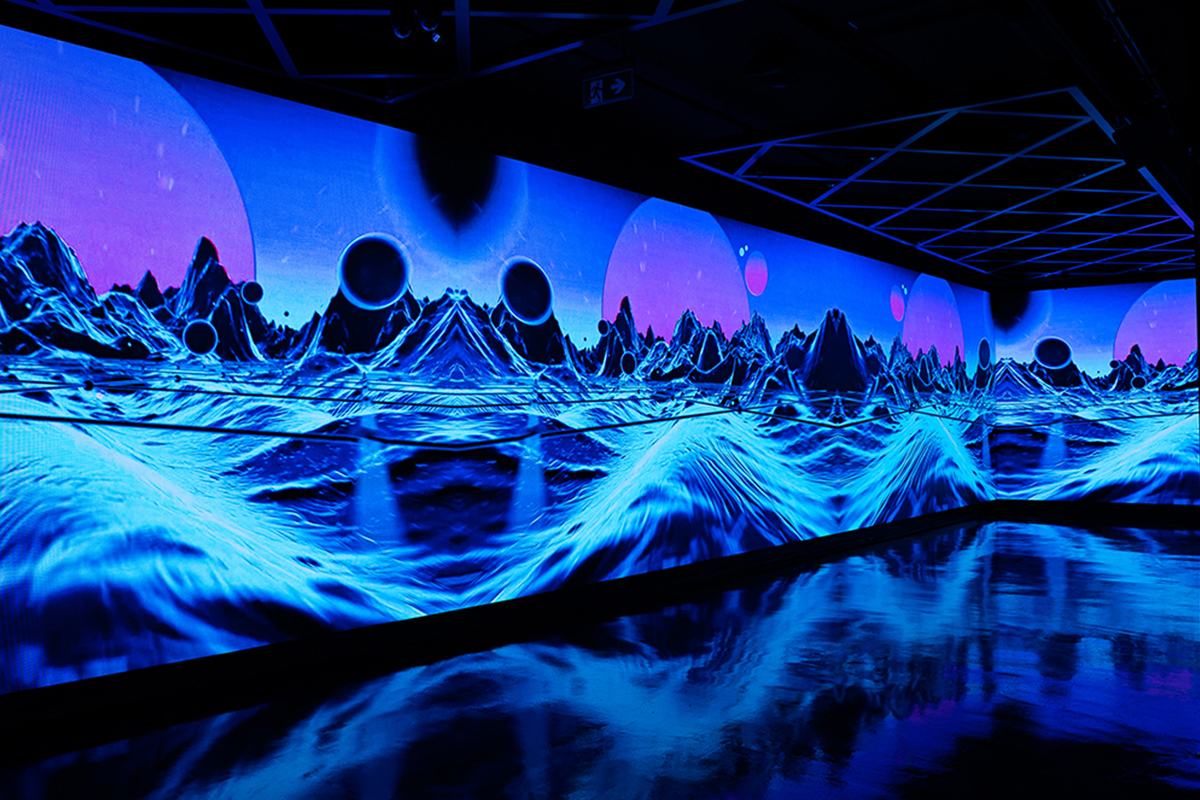
Part of a VR series that Beeple released for free public use. Courtesy of W1 Curates
Mike Winklemann, AKA Beeple, shot to fame after his digital artwork EVERYDAY: THE FIRST 5000 DAYS became the first ever purely non-fungible-token (NFT) to be sold at Christie’s, and was auctioned off for just shy of 70 million dollars in cryptocurrency. Darius Sanai spoke to the artist at his solo show at W1 Curates in Oxford Street, London
LUX: There is a lot of societal commentary in your digital artwork. Do you set out to do that, or is it something that develops?
Mike Winkelmann (Beeple): I guess I set out to do it. Im trying to predict things that are going to be issues in the future, or trends that I see developing now. This piece is talking about Natanz. Basically, the US didn’t confirm this, but it was speculated that they blew up the Iranian nuclear reactor. This is talking about how, in the future, I think there’s going to be more warfare like that where they get into a computer system and f*ck some sh*t up.
If this is the first instance of a computer programme being used to physically blow things up, I don’t think it will be the last. I think it will happen more and more. It’s terrorists getting into a computer system to blow up an electrical plant. I think more things like that will happen.
Follow LUX on Instagram: luxthemagazine
LUX: Can you tell me about your ‘Everydays’ piece?
B: These are ‘Everydays’ in motion, where I made a picture each day and then occasionally I’d think it might be interesting if I animated it. I would take maybe 3 or 4 days and animate a little 15-second scene of that picture. This was a picture of when Trump locked himself in the White House. This was when Elon [Musk] had his baby, and named it X Æ A-12.
Some of them are not specifically about something. That one was during coronavirus when people started talking about killer hornets. This is just some weird Michael Jackson meme. And so on.
LUX: When you started back in the 2000s did you consider yourself a graphic designer, an artist, a filmmaker, or something else?
B: I considered what I was making to be art, just regular art, no different from anybody else. I was just using a different medium. But I considered myself a designer, because the way I made money was through solving visual problems for people. People were asking for concert visuals for Lady Gaga, or concert visuals for the Superbowl. So I’d take the brief of XYZ and say “okay, I’ll do that.”
LUX: So, it’s a practical application?
B: I know the tools; I can build you whatever you want. You tell me what to do and I’ll do it. I did it for money and that was it, while I put most of my real energy into work where I could do whatever I wanted.
The more of this work that I put out there for free, the better I got, until clients like Louis Vuitton were contacting me. It was really like I was a designer by day and also carving away a large amount of time to do my own work, that I wasn’t trying to sell, there was no concept of people collecting it. Art is just something you make and put online and people experience it and that’s it, and it was quite a shift when people began to start collecting it. That was just not a part of the way I thought about art.
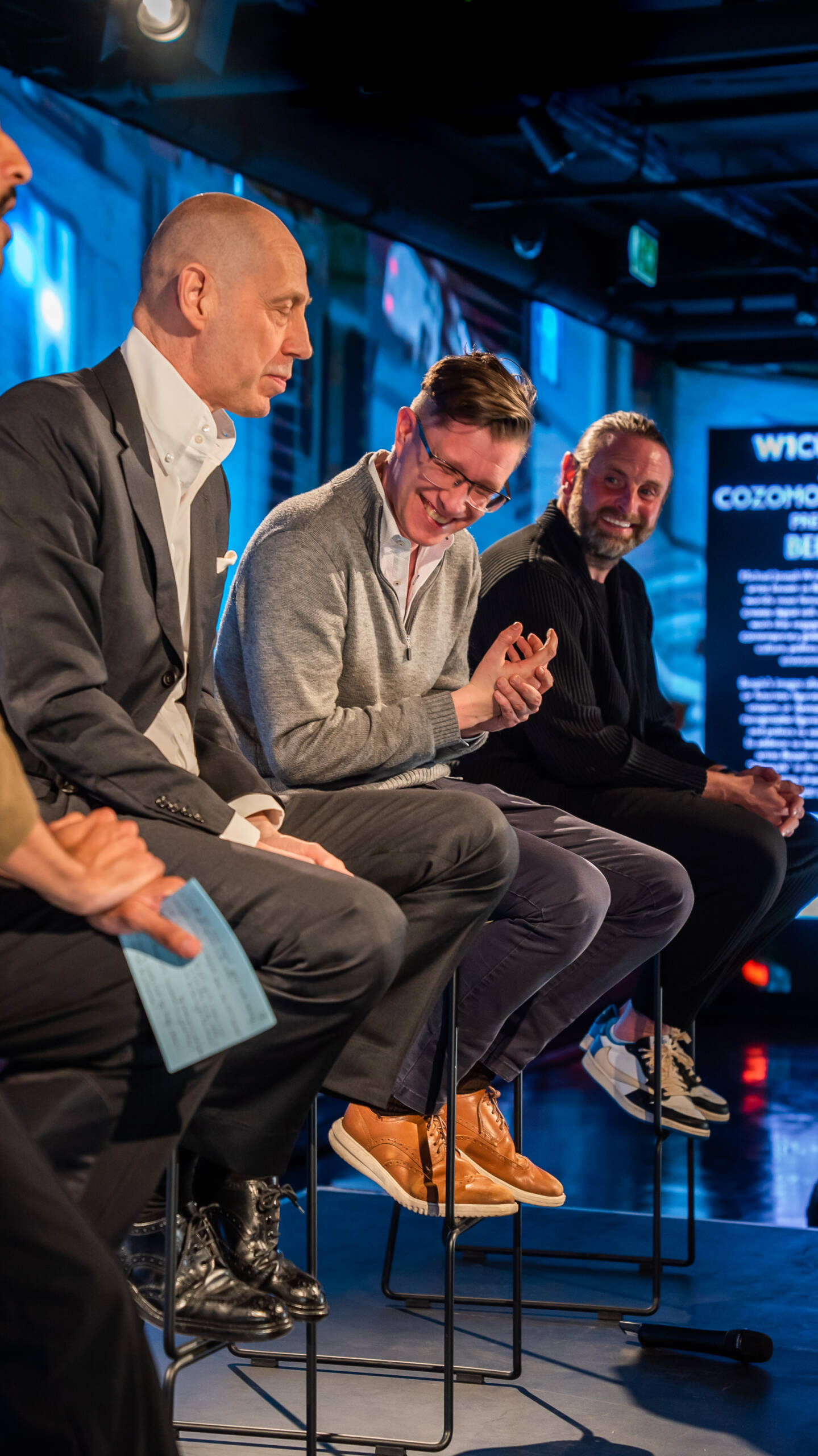
Panel talk with Beeple (Mike Winkelmann), Nick Knight from Showstudio and Mark Dale from W1Curates. Courtesy of W1 Curates
LUX: What enabled these to become collector pieces?
B: The NFTs. The NFT thing, which took a lot of people coming up to me and saying, I think you should check this out. At first, I wasn’t sure, I thought it was just weird crypto sh*t, not my thing. Then finally it clicked and I thought, wait a second, this could be the same as moments in the past where people have refused to believe something was art. Photography, that’s not art, it’s just people taking photos. Graffiti, that’s not art, it’s vandalism, how could it be art? Then everyone says “oh wait! I guess it’s art.”
I think that’s what is about to happen with digital art. At the moment it’s this thing that everybody knows and everybody sees all the time and is actually completely ubiquitous in the visual language of our society. It’s websites, it’s voices, it’s TV, it’s video games, everything you see is visual. Art has touched it, but it’s not capital A art, because until recently, there wasn’t a meaningful way to collect it. You could print it out, you could give somebody a thumb drive, but that didn’t really resonate with people until the NFT thing. The ability to prove ownership resonated with people.
LUX: Is there a tension between the traditional capital A art world and the world of digital art?
B: 100%, yes. I think people in the digital world think that because we had the sale at Christie, we’re part of the art world now. In reality, there’s a lot of people still calling bullsh*t on us; we’ve got a long way to go to convince everybody that we’re the real deal.
It’s come a long way in 2 years, I will say that, much faster than I thought. A couple of years ago I would have believed it would have taken us 10 years to get to where we are now. It’s a matter of waiting for it to click for people that the stuff they take for granted, because it’s so ubiquitous, is actually made by people. It’s not that different from painting a picture. You’re sitting down, you’re producing a picture, it’s got a message, it’s got an aesthetic, it’s the exact same thing.
LUX: Yet many people resist calling it art. Why do you think this is?
B: I think it is just very new, it came out of nowhere. I was as dumbfounded as anyone by these developments. But I think when people have an experience that connects with them emotionally, like any other type of medium, any other type of art, then it will click with them. But they see the headlines and they see “monkey JPG selling for crazy amount” which makes it easier to call bullsh*t on the whole thing. There’s a lot of distinction between the different things people are doing in the NFT space, with some people looking towards a more baseball-type, collectible thing rather than the art side of things. Then there are people who are trying to make serious work that, in my opinion, is no different from any other artist working in any other medium.
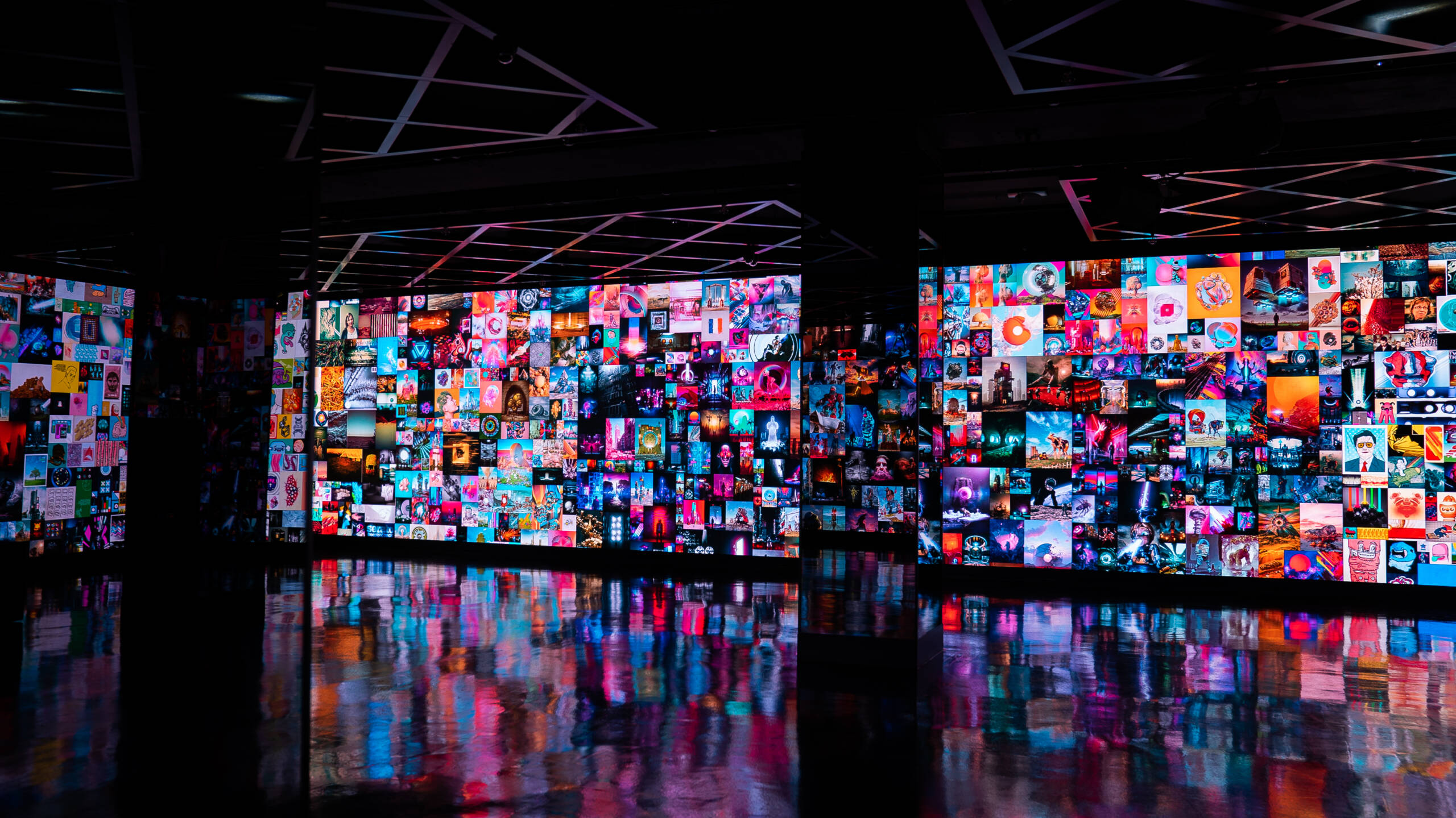
Beeple’s Everydays, the First 5000 Days. Courtesy of W1 Curates.
LUX: Is there not a lot of bullsh*t in the traditional art world as well.
B: Yes, but everybody’s used to that bullsh*t. Also, there are so many people who think NFTs look like crap. Most traditional art looks like crap, you just can’t see it as easily. You can go online and instantly see hundreds of NFTs, but you can’t immediately see hundreds of pieces of traditional art – if you did, you would see a lot of crap I’d promise you that. Or you would see a lot of stuff which looks fine but isn’t new in any way. It’s just the same regurgitated ideas that are 100 years old. It looks more like what you would expect art to look like, but it’s not good. I could make some abstract art that anybody would agree is art, but it doesn’t matter, that’s not good. I think I’m trying to make things for 100 years from now. I think a lot of traditional art is trying to make something that looks like art right now, and half the time it looks like it would have been made 100 years ago.
LUX: Do you think in 100 years people will look at this, you and others, and think this is an inflection point where it changed, just like things changed with Duchamp?
B: We will see. I don’t know, but I think this is definitely a different moment. I think it will be seen as an inflection point because you’re going to see a massive shift as digital tools and digital distribution become more a part of art, because those advance rapidly, they will continue to advance rapidly with technology. I don’t know a lot about painting but I’m not sure how much it has changed in the last 100 years through technology.
LUX: Does this fit better in the Metaverse?
B: What do you mean by the metaverse? I don’t even know what that means, it’s just a marketing term.
LUX: The space where you can go buy a computer rendition of a Dior gown and put it on an avatar and pay for it. I mean, that’s just the beginning right?
B: Except none of those worlds exist. How much time do you spend in the metaverse?
LUX: Not me, but other people do.
B: No they don’t. If you look at these platforms, nobody is spending any time in them, because they’re not engaging enough. It’s like VR. How much time do you spend in VR? Zero.
I’ve gone all over the world many times and heard people talking about the metaverse, but then they don’t spend any time there themselves. It’s like VR. Fun for 2 seconds and then you’ve done it and you move on.
I don’t think it will always be like that, but I think the first thing we will all consider the metaverse is AR glasses. That is what I think we will consider the first true metaverse is, when all of us are wearing glasses and we can all see a layer of things that are the same, when we can all see a digital sculpture right here, and we can walk around it and we all can point to it, and you see what I’m seeing. Everybody being jacked into VR in a tube of goo, that’s a waste.
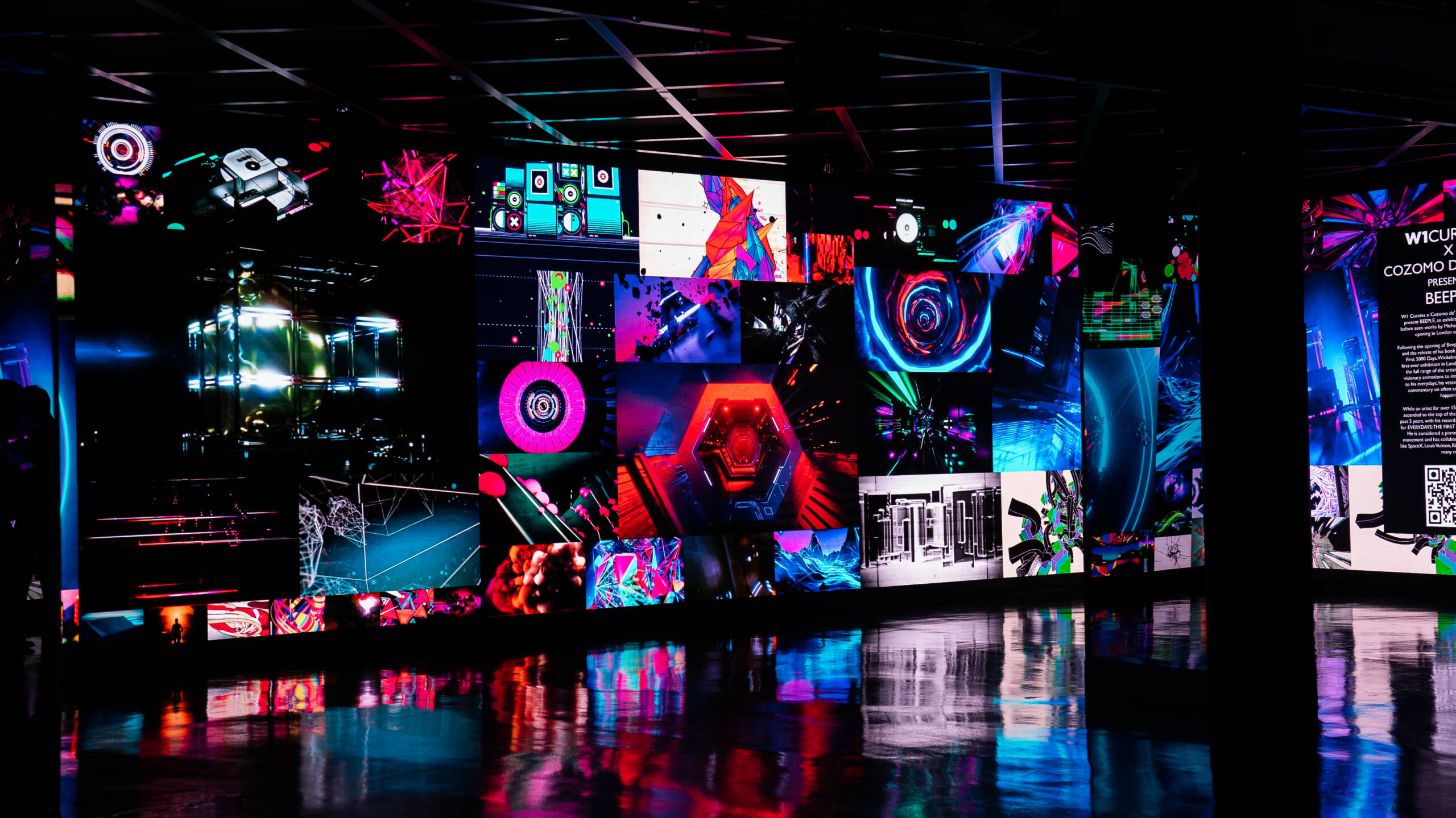
Courtesy of W1 Curates
LUX: A traditional collector would buy a painting and put it on their wall. How is this art best displayed?
B: Almost all of the pieces that I have now come with some sort of physical element. Some of them are titanium back-screens, and others are like paintings or giant prints, or these human size boxes. A lot of the pieces have physical components like that because to me it’s important to have a physical way to experience the work. To me, it makes it much more visceral and much more impactful.
LUX: Are attitudes towards digital art changing?
B: Yes, things are changing a lot. We just had Deji Art Museum in China buy a piece, there are pieces at MoMa right now, you’re seeing a bunch of museums invest. I think when people see work that can withstand criticism and has some actual depth to it, then they’ll change their mind.
But it is taking time. I think people who are truly thoughtful and are approaching it with an open mind, with the attitude that they don’t know everything about art and this could be something new that they want to be a part of, those people are coming around very quickly. But that’s not everybody. People have to change their mind of what this is, and that doesn’t often happen quickly.
LUX: And you mentioned street art and graffiti before. Is there a parallel with what happened there 30 years ago where that wasn’t considered art?
B: 100%, I think it’s the exact same thing. I look at this work as the street art of the internet, because you can post anything you want there’s this free for all thing. All street art is trying to get people’s attention, the street part of it is “permissionless” art where they were going out and thinking, I’m not going to get anybody’s permission to do this, I’m just going to do it. That’s how I’ve always operated. I don’t need anybody’s permission to show this, I made it, I put it on the internet, that’s it.
That’s very different from the traditional art world where you make a piece of art, then you’ve got to wait for a gallery or a museum and somebody’s got to look at it and say yes, I will show that. Nobody has to say yes on the internet.
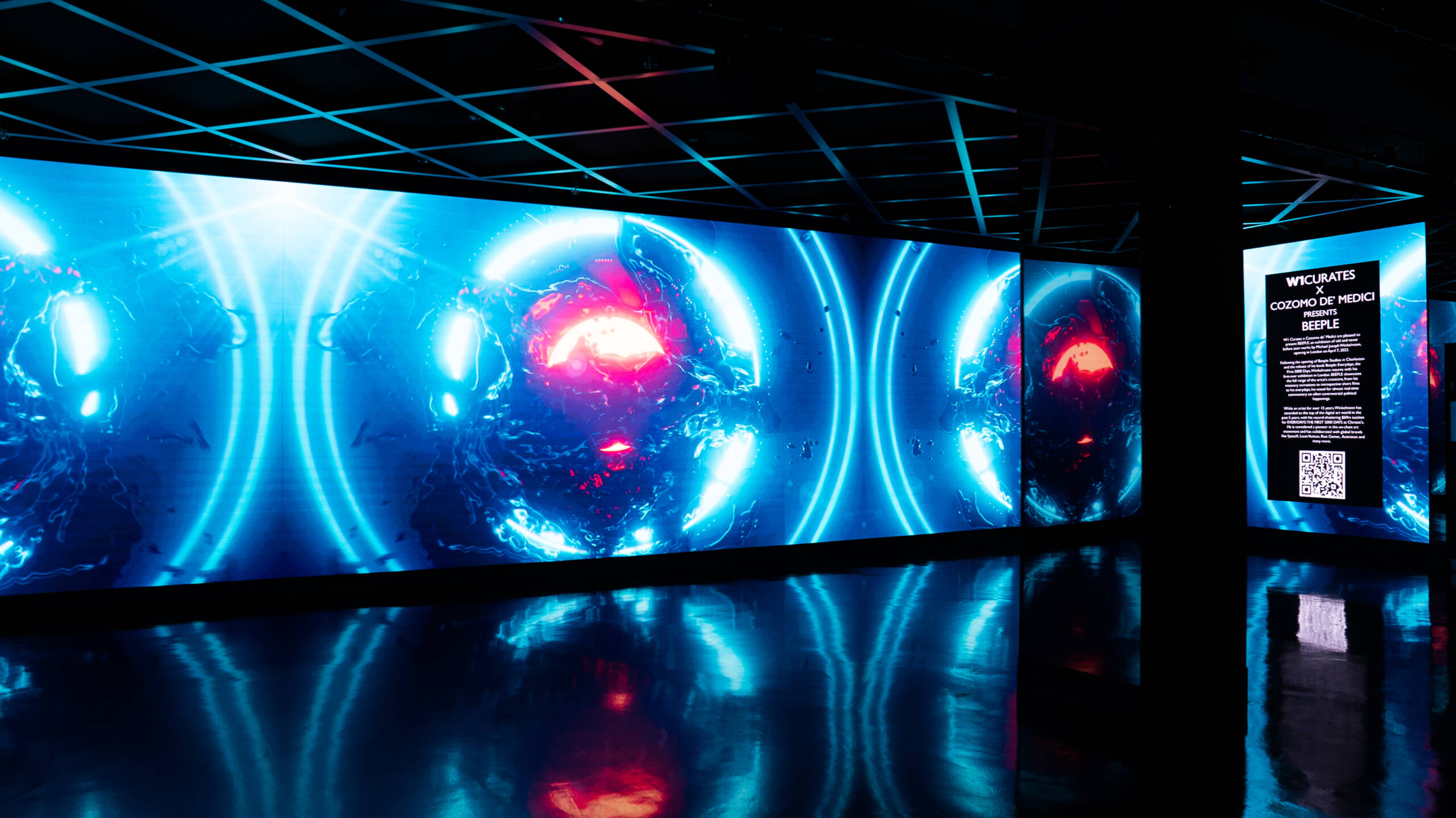
More from Beeple’s VR Series. Courtesy of W1 Curates.
LUX: How did you engage with art when you were a kid?
B: I went to school for computer science. As a kid, I didn’t do a massive amount of art on the side. I was always doing a lot of stuff on computers. At first I wanted to make video games, but then I got to college and I saw some people who wanted to make video games, and I realised I didn’t want it that badly. I was spending all of my time making weird little abstract clips that had no inherent purpose; they were just little tiny artistic expressions.
I was spending my time making short films too, and so to begin there was no sense of wanting to get people to collect my work or making a living off of it. I actually really liked the fact that I didn’t make a living off of it because it meant I could say whatever I wanted. I never cared about commercial art, I just wanted to make people happy. So I had a good separation there, I could say whatever I wanted without thinking about whether this is something someone’s going to hang on their wall. Because a lot of it is not something you want to hang on your wall, to be quite honest.
LUX: The world is getting weirder and worse. Does that help your work?
B: I don’t think it’s getting worse, but I think it will get weirder. That’s also why I make this sh*t weird; because people think that could never happen. But Donald Trump was just your f*cking president! A man-child with no experience who is paying off porn stars. 20 years ago you wouldn’t have said that could happen.
Read more: Visual art and music meet in Shezad Dawood’s latest exhibition
I look at what happened with me and this crazy $70 million sale. That was honestly a weird bi-product of the conversation about art and digital art, and then crypto with nothing to do with art coming into it. As technologies combine like that, in ways we didn<‘t expect, weird things happen. It’s similar to Trump being elected and the role social media played there. Social media comes and everyone thinks it’s great and Mark Zuckerburg is a f*cking hero, liberating all these people. Then time goes on and you think, wait a second, we didn’t see this coming.
That will probably keep happening. There’s gonna be things we didn’t see coming and it can have massively profound effects. The world is so connected now and so digital already; these things can happen so fast. Suddenly millions of people get behind an idea or a movement. I mean, look at the NFTs. Again, we went from zero to being this billion-dollar industry in months. I think weird things are going to happen more and more.
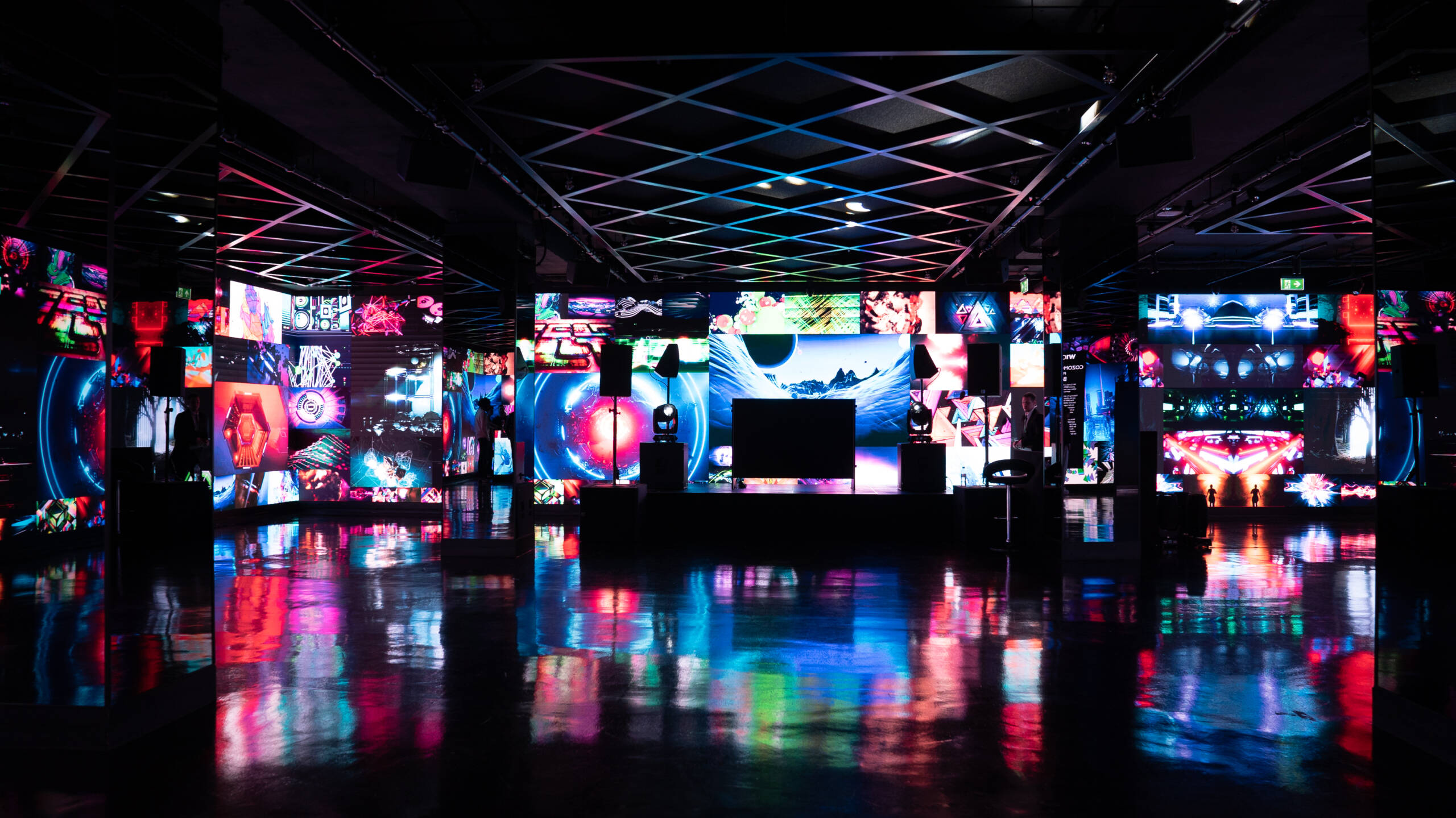
Courtesy of W1 Curates
LUX: Would you like to be recognised by collections who don’t recognise digital art? Is that important to you or do you not care?
B: Yes, I would like to change their mind. I’ve been trying to help educate people in the traditional art world because I think there’s a lot of people in the crypto world who don’t actually care about art. Their allegiance is to crypto, my allegiance is to art.
I just learned about crypto 2 years ago, and I learned about NFTs literally months before that sale. The traditional art world also has a lot of people who, in my opinion, are not in it for the right reasons, they’re just in it for money. But there’s a lot more people who are truly passionate about this, who truly want to see art evolve and are interested in the continuation of art history and contextualising this moment within it.
I’ve been trying to play in both worlds to some extent. There’s a lot more that can be done in terms of NFTs and art being more dynamic. There’s a lot more to come.
Find out more: www.beeple-crap.com


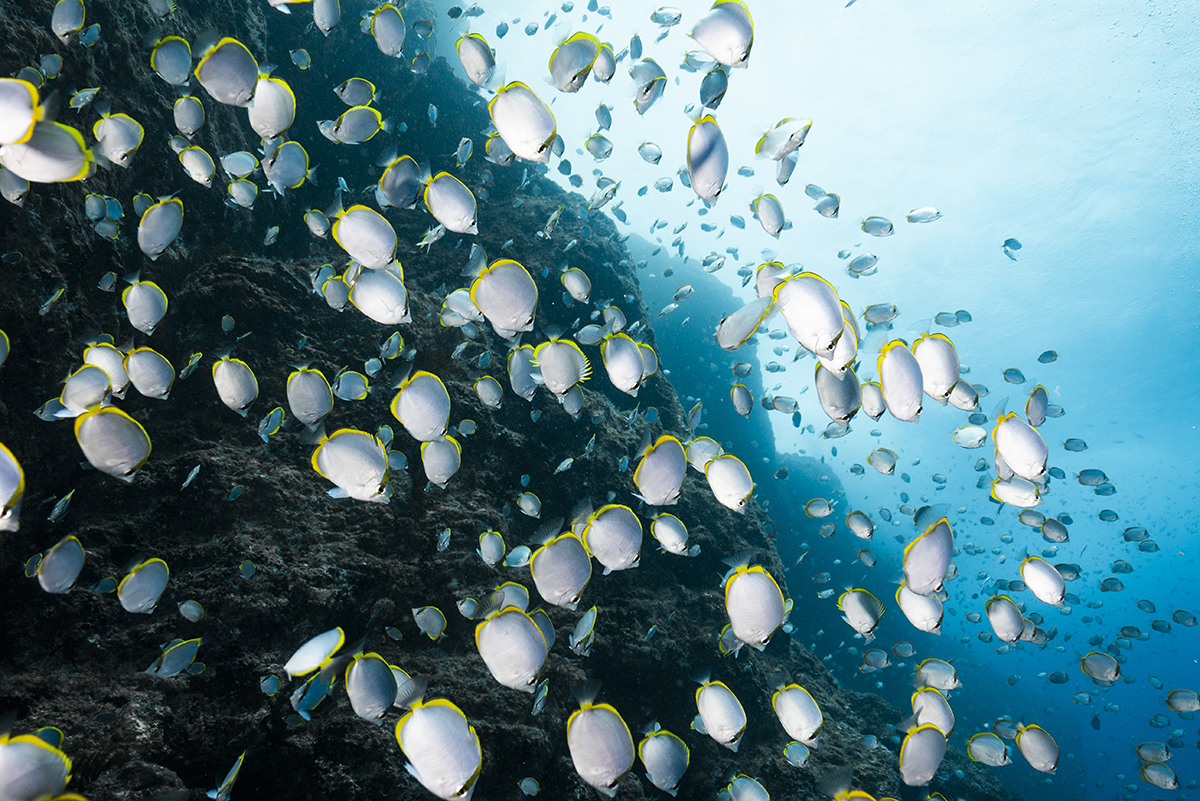
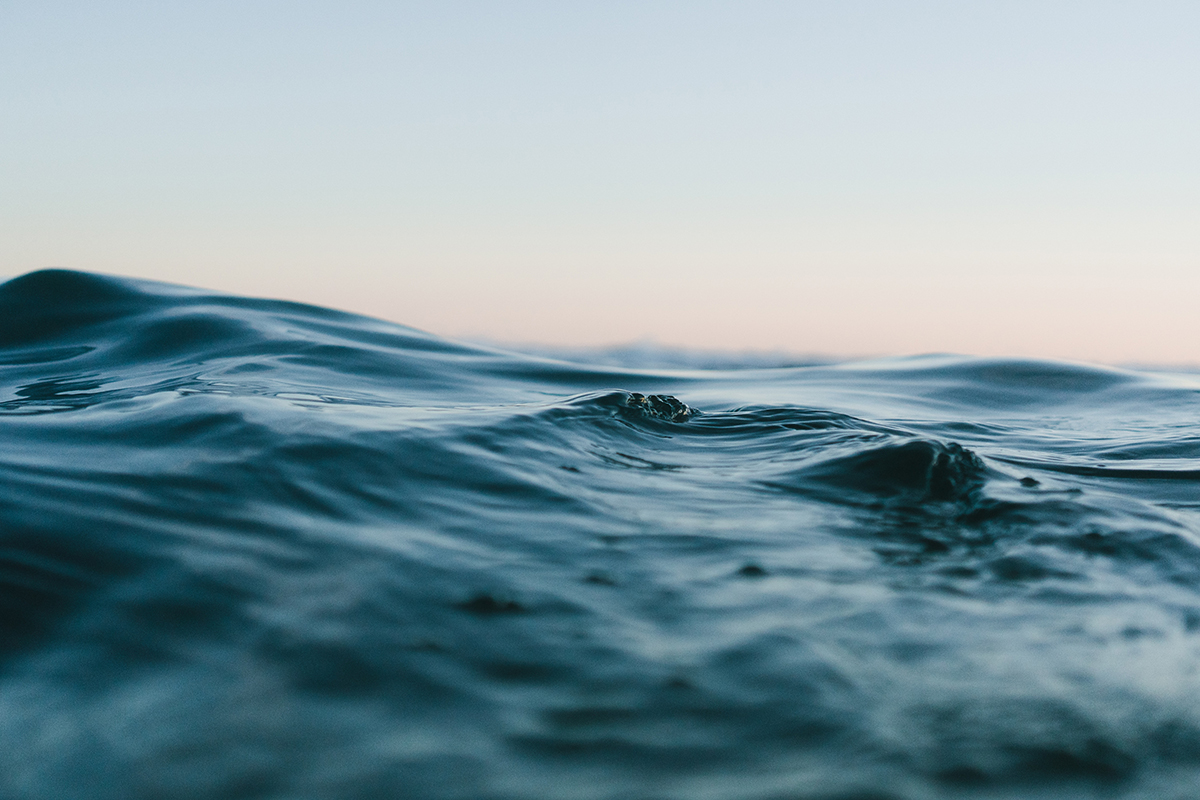
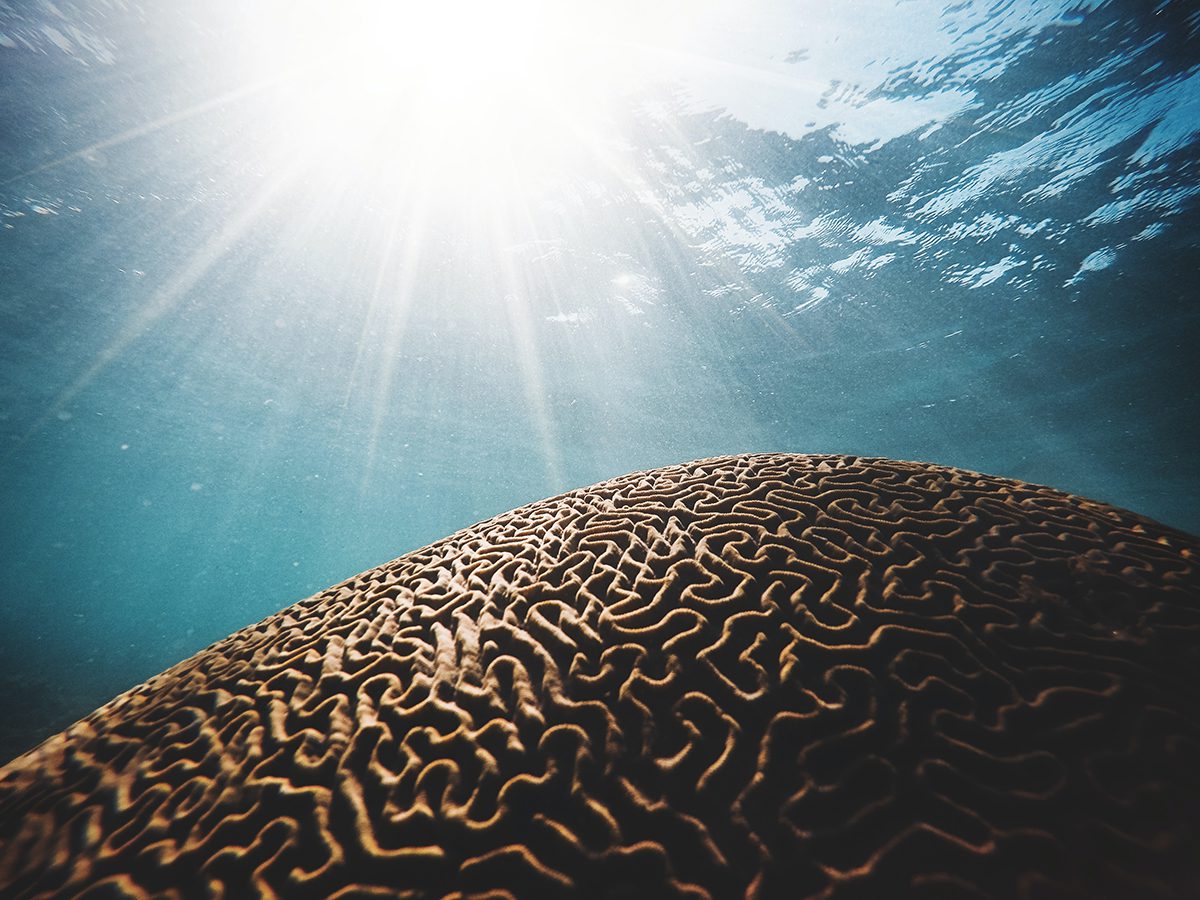


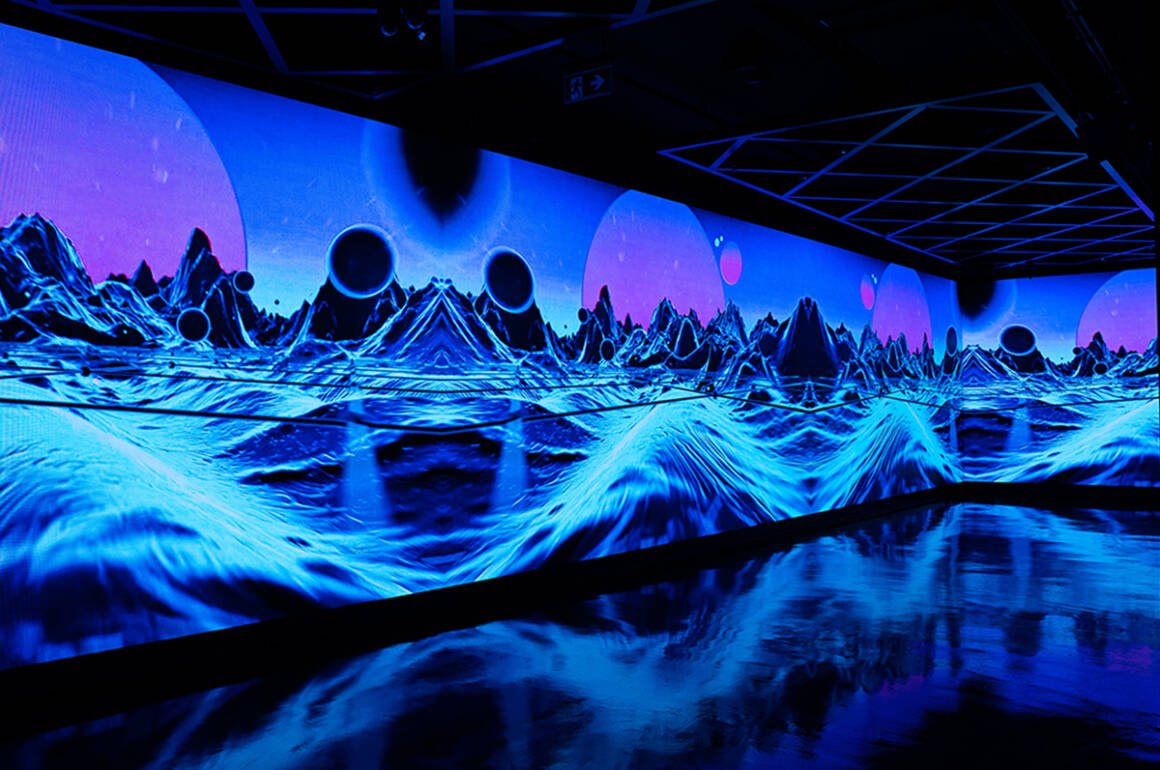






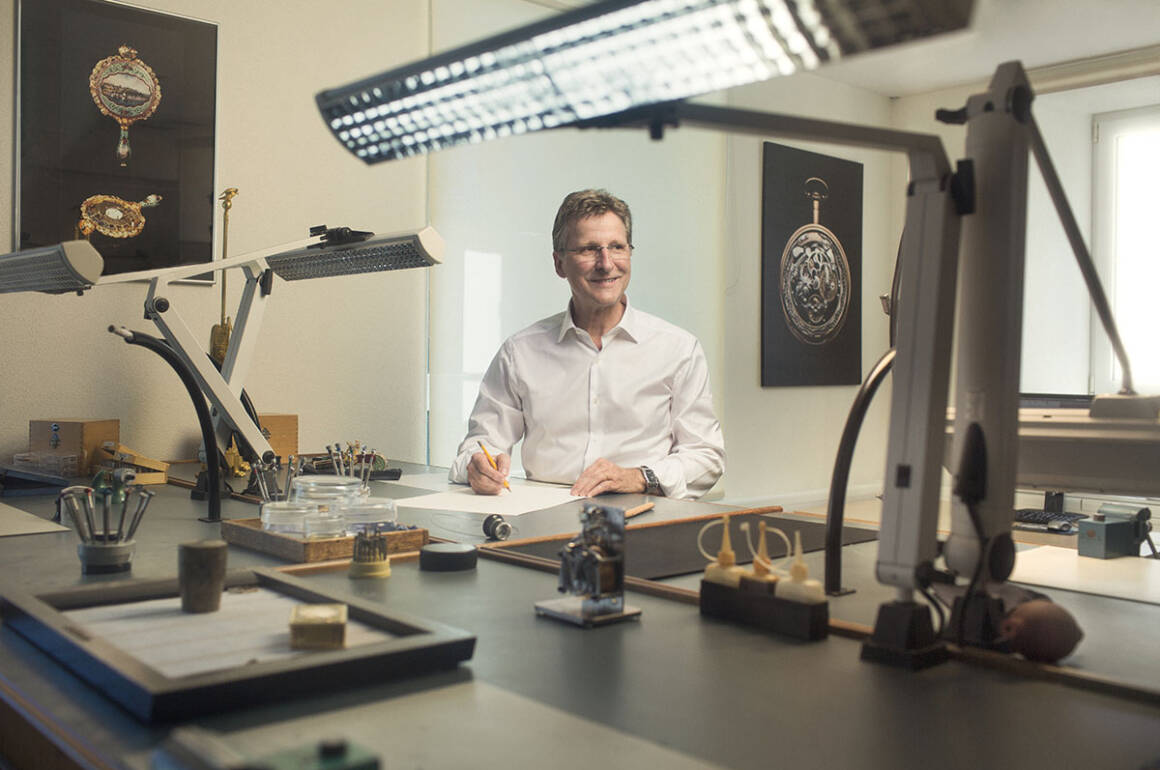
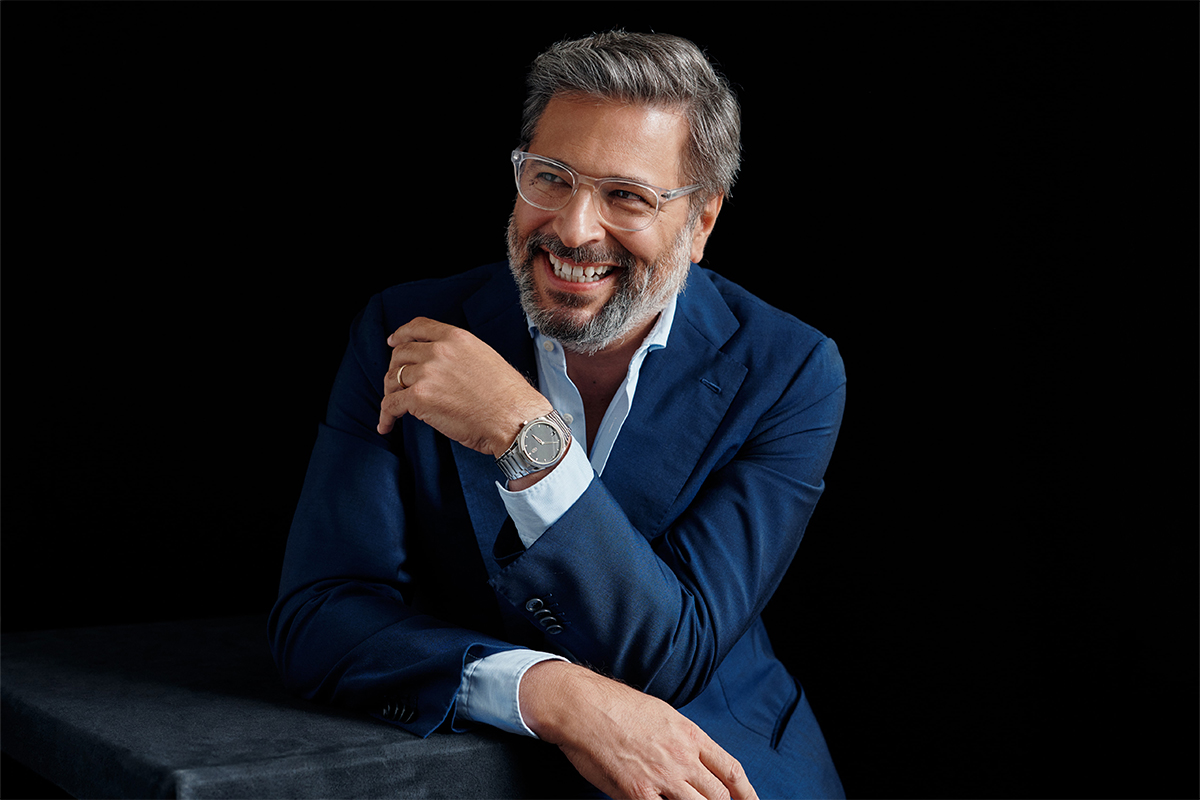
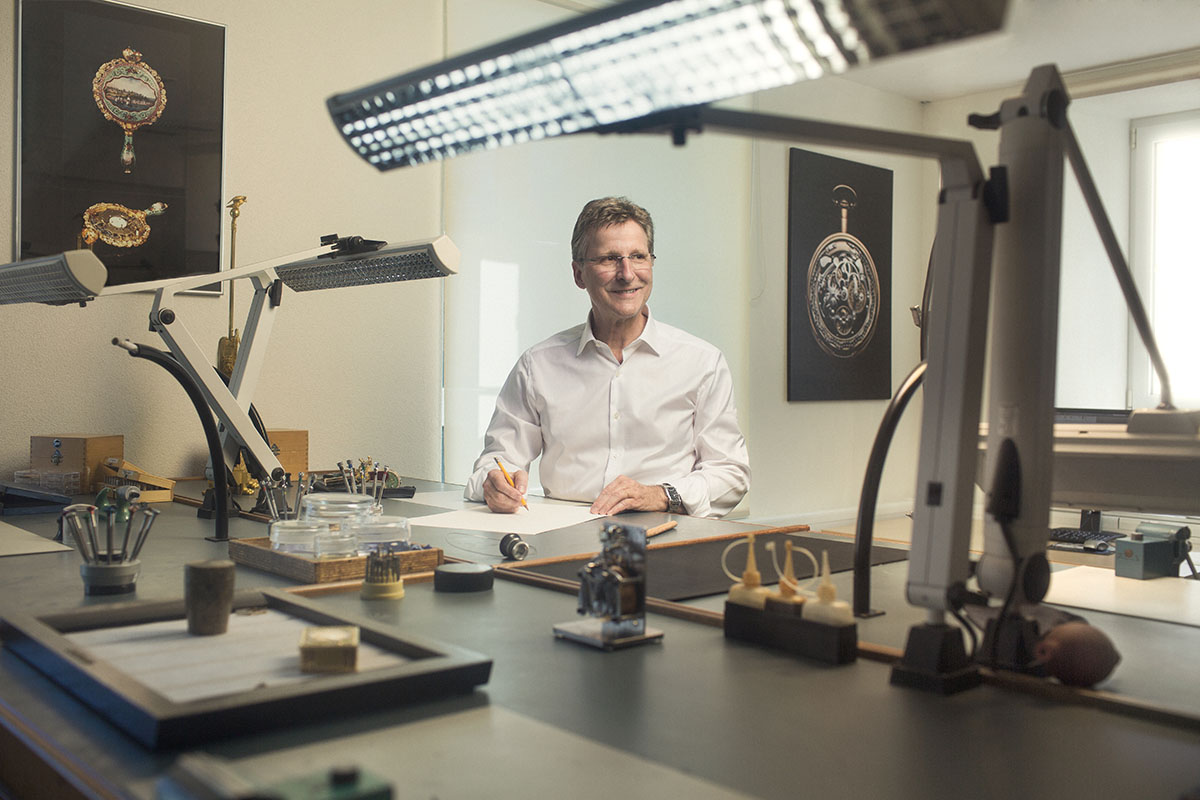
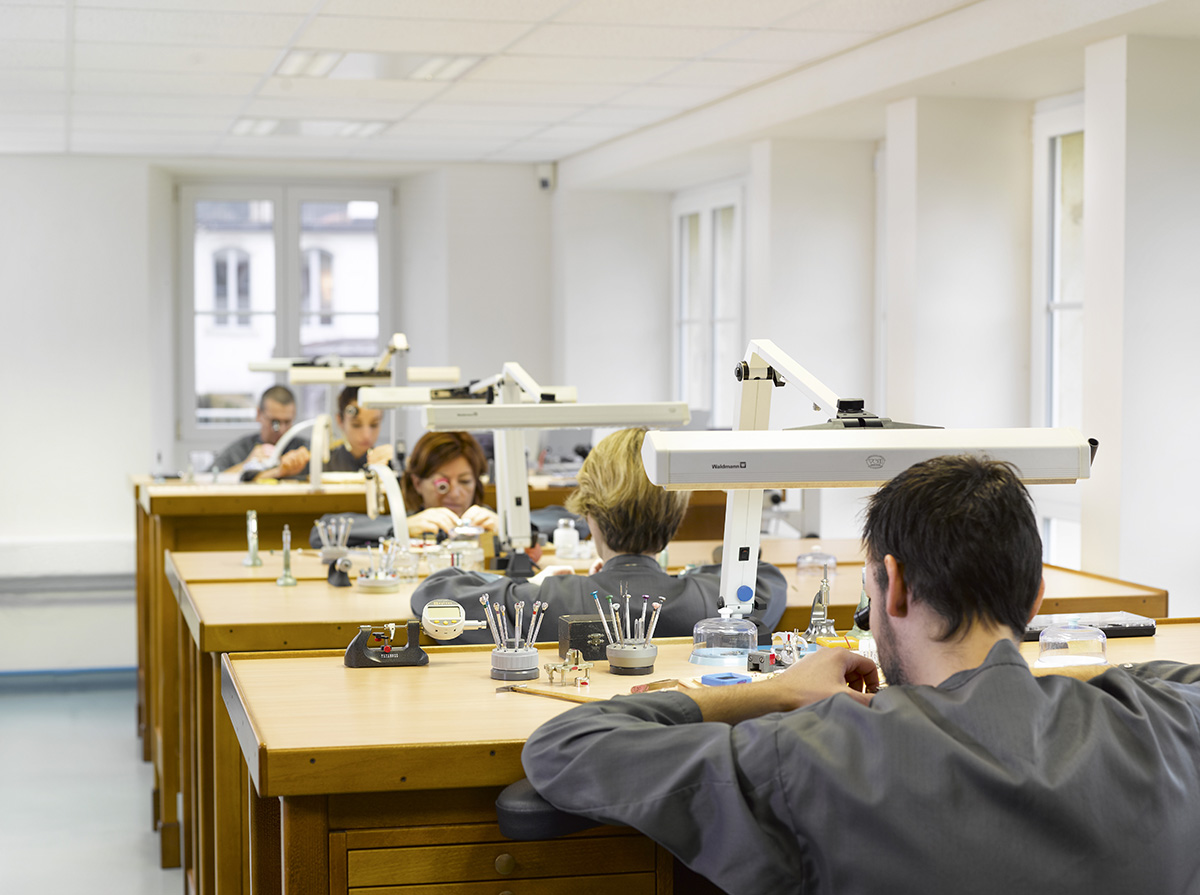
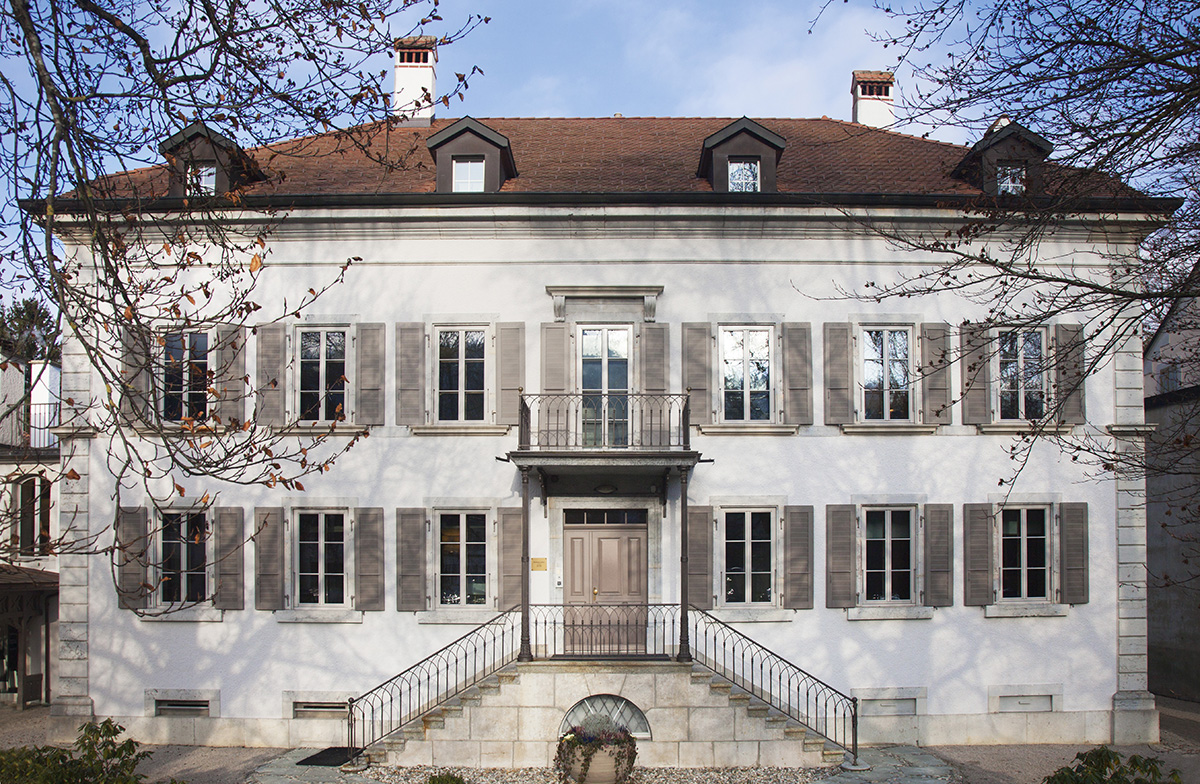





Recent Comments